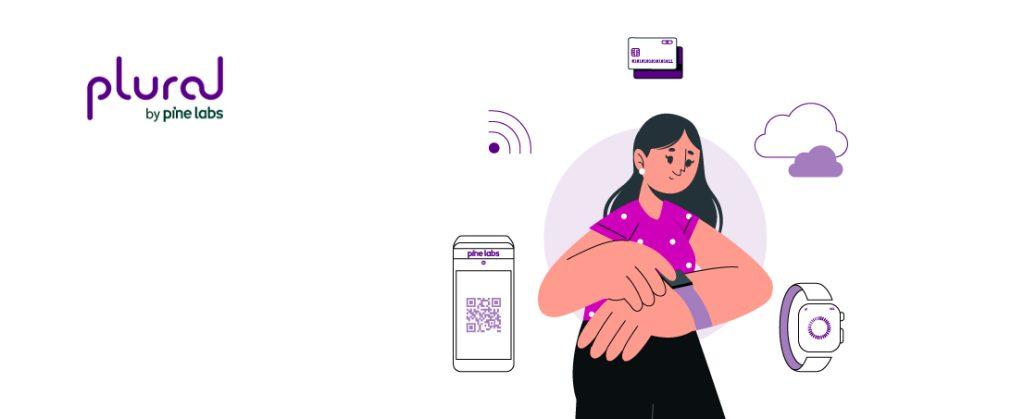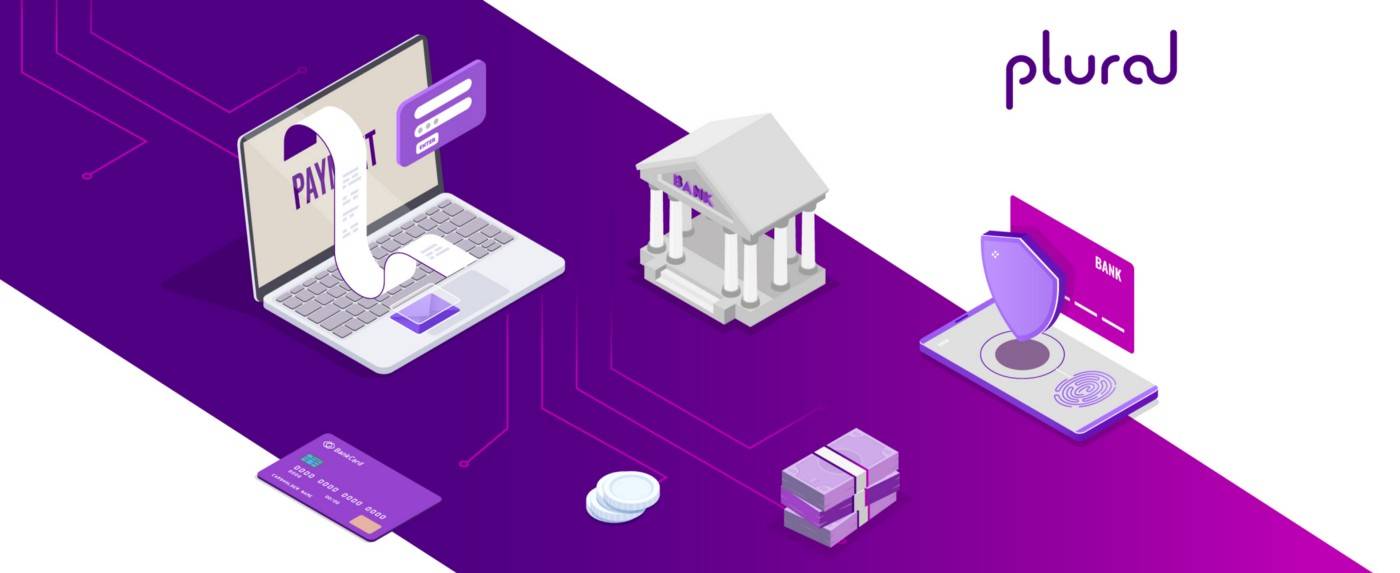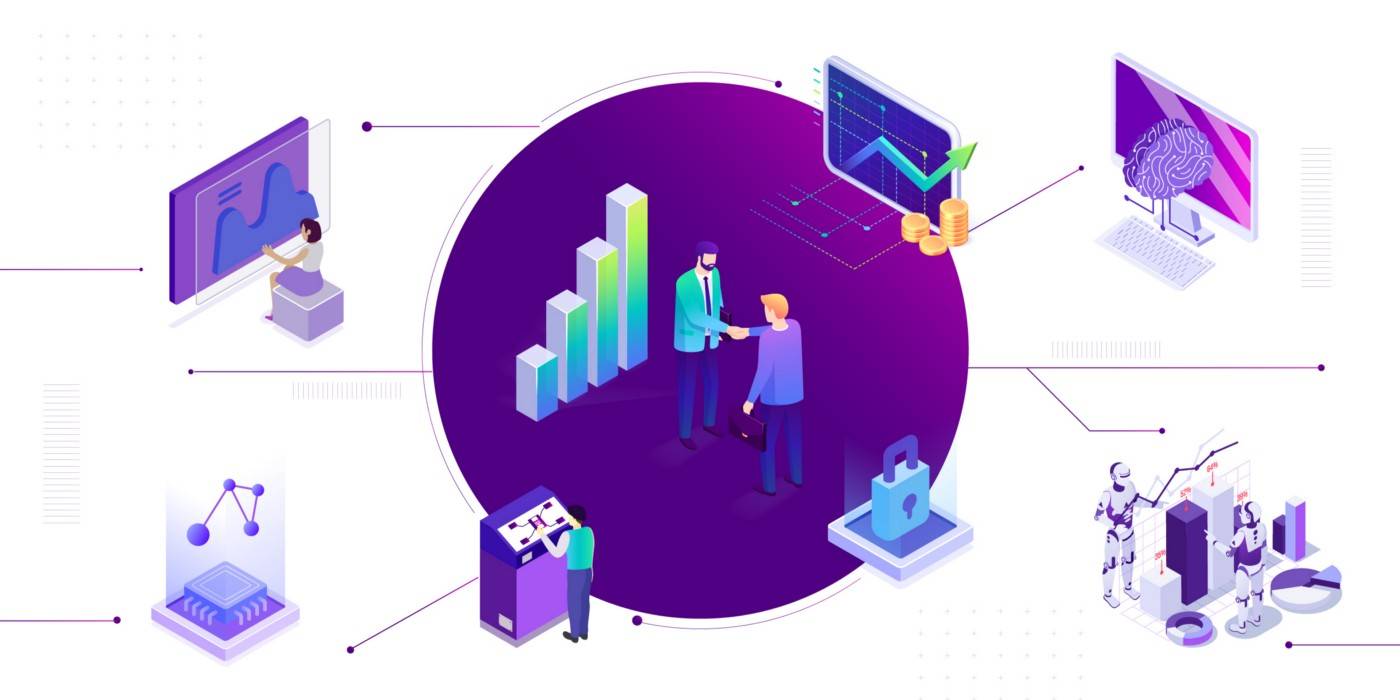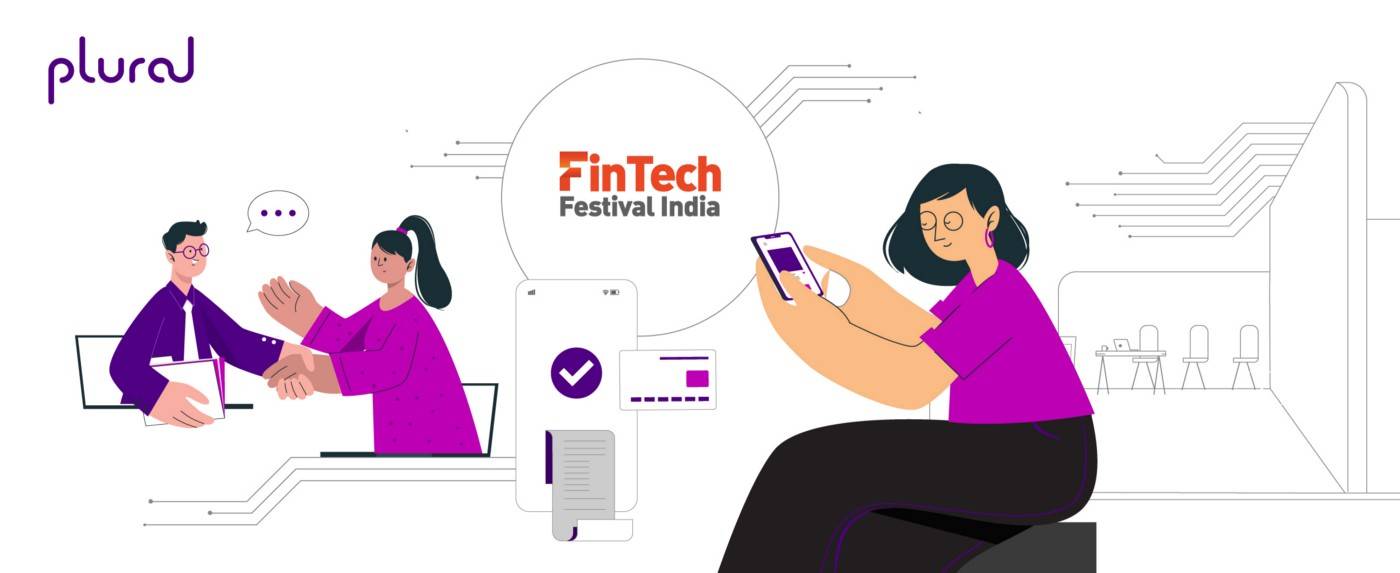At the end of 2022, the mobile payments market in India was a $3 trillion market. It is estimated to grow to $10 trillion by 2026. The growth is predominantly due to the government’s push toward UPI and the increasing usage of smartphones for payments.
But now, a change is beckoning in the Indian payment landscape, and wearable payment devices will bring it.
The Global Wearable Payments Market in 2019 was $285.47 billion. It is set to grow to $1.3 trillion by 2027. India is one of the few countries that will drive this growth. The young population and the rising use of wearable devices will make this happen.
Whether you are a consumer or a business owner, in this article, you will learn about wearable payments, their benefits, and risks that will help you in the impending change.
What are wearable payments?
There are different types of payment methods. Adding to the mix is wearable payments, a mode of payment for purchasing goods and services using wearable devices such as smartwatches, fitness trackers, rings, wristbands, keychains, etc.
The wearable payments technology is integrated into wearable devices, making it a convenient and secure way for consumers to make payments.
The various wearable gadgets offer convenience to users. They need not carry cash or credit cards to make payments. The devices allow contactless payments and are much speedier and more efficient than card-based payments.
How do wearable payments work?
The functionality of wearable payments involves devices using services like Google Pay, Apple Pay, and others to connect with your bank account or credit card to make payments.
Being contactless, they offer security for your financial transactions and are difficult to tamper with.
Wearable payment devices use technologies like Near Field Communication (NFC) and Radio Frequency Identification (RFID).
Near Field Communication (NFC): NFC is a wireless communication technology that transfers information between two devices over a short range, typically a few centimetres. The technology is ideal for exchanging short amounts of data. Wearable payment devices like smartwatches and fitness trackers use NFC.
Radio Frequency Identification (RFID): Wearable devices with RFID contain an embedded chip with an RFID tag. The tag is a unique identifier, which an RFID reader scans to gather information. An RFID device can be read from a distance, making it suitable for wearable payment devices like rings, bracelets, etc.
Examples Of Wearable Payment Devices
From smart watches to wristbands, wearable payment devices come in various forms. Here are some examples of devices that are in vogue.
Voice and visual interface: Smartwatches, fitness trackers
The most popular wearable payment devices, smartwatches, and fitness trackers are interactive. They have touch screens, audio-visual output, and input with an excellent user interface.
These devices, with intelligent functionalities, are perfect wearable payment devices that bring convenience and security to your customers.
There is a growing ownership of these devices in India, especially smartwatches that could transform wearable payments in the country. An estimated 30.72 million smartwatches were shipped into the country in 2022, compared to 4.95 million at the end of 2021.
No user interface: Rings, bracelets
Rings, bracelets, jackets, keychains, etc., are smart wearable payment devices with no user interface. They use NFC technology and require you to bring them to close contact with the reading devices.
These are perfect for outlets with Contactless Point Of Sale (CPOS) terminals. And most of these devices are passive, meaning customers need not worry about charging the battery.
Though smartwatches dominate the wearable payment devices market, there is a rising interest in smart rings with cloud connectivity and additional tracking features. The smart rings market is estimated to grow at a CAGR of 24% between 2023 and 2030. These devices will be a game changer in driving contactless payments.
Most popular wearable payment device voted by users
Here are some wearable payment devices that are popular among users:
- Apple Watch
- Samsung Gear
- Ringly from MasterCard
- Jawbone UP4 Fitness Tracker
- Fitbit trackers
Banks like SBI and Axis have also launched wearable payment devices considering the growing demand. SBI had launched the Titan Pay smartwatch, and Axis Bank had launched the Wear n’ Pay wristband.
Benefits Of Wearable Payments
Wearable payment devices have many benefits for the end user and businesses taking advantage of their features.
- Convenience
The primary benefit of wearable payment devices is the convenience of making payments. A wearable device is portable, is always on, and customers can make payments swiftly with a simple tap. They eliminate the need for carrying cash, credit cards, or even mobile phones during purchases.
- Security
The biometric authentication features in wearable devices allow for secured payment transactions. Using facial recognition or fingerprint identification, you can approve a transaction securely. Further, the latest advancements in wearable tech protect user data through encryption and make it difficult to steal information.
- Contactless payment
Wearable devices eliminate the need to touch a surface to make a payment. When in range with a Contactless Point Of Sale (CPOS) terminal, the device initiates and makes the payment. Moreover, the integration of various digital wallets like Google Pay and Apple Pay with wearable devices is increasing the popularity of contactless payments.
- Personalisation
Wearable payment devices allow for the personalisation of your services. As the device gathers data about user behaviour, you can use the data to promote personalised customer support or unique service offerings to the consumer.
- Loyalty and rewards
You can perfectly integrate wearable payment devices into your loyalty programs, allowing consumers to get rewards and discounts for purchases. For example, an insurance company can offer a discounted health benefit scheme based on the metrics of people’s fitness trackers. Customers can instantly make the purchase right from their tracker.
Potential risks of wearable payment devices
Listed below are some risks you must know of:
- Data security risks: With wearable payment devices, your personal and financial data transmits between wearables, smartphones, and the cloud. This transmission of information between multiple channels without proper data security measures makes wearable payment devices vulnerable to hacking and theft of financial data.
- Loss or theft: A lost or stolen wearable device poses the risk of someone performing unauthorised payments or stealing your financial information. Even though some device manufacturers offer remote data-erasing features, it is often ineffective against professional cybercriminals.
- Limited acceptance: There is a lack of appropriate infrastructure for wearable device payments in the Indian payment landscape. With limited approval, you cannot solely rely on wearable devices for payments.
- Technical malfunctions: Like any electronic device, wearable devices can malfunction. If a glitch occurs during a payment transaction, you may lose money or lead to a financial dispute adding to your inconvenience.
Conclusion
Mobile payments in India have so far ruled the payment landscape of the country. But the rising number of people buying wearable payment devices will bring change in the Indian payment scenario. Benefits like convenience, speed, safety, and personalisation continue to attract people toward their usage.
For businesses and financial institutions, wearable payments will bring immense opportunities in the form of increased sales and loyal customers. What more could you ask for?

Amrita Konaiagari is a Marketing Manager at Plural by Pine Labs and Editor of the Plural blog. She has over 10 years of marketing experience across Media & Tech industries and holds a Master’s degree in Communication and Journalism. She has a passion for home décor and is most definitely a dog person.




